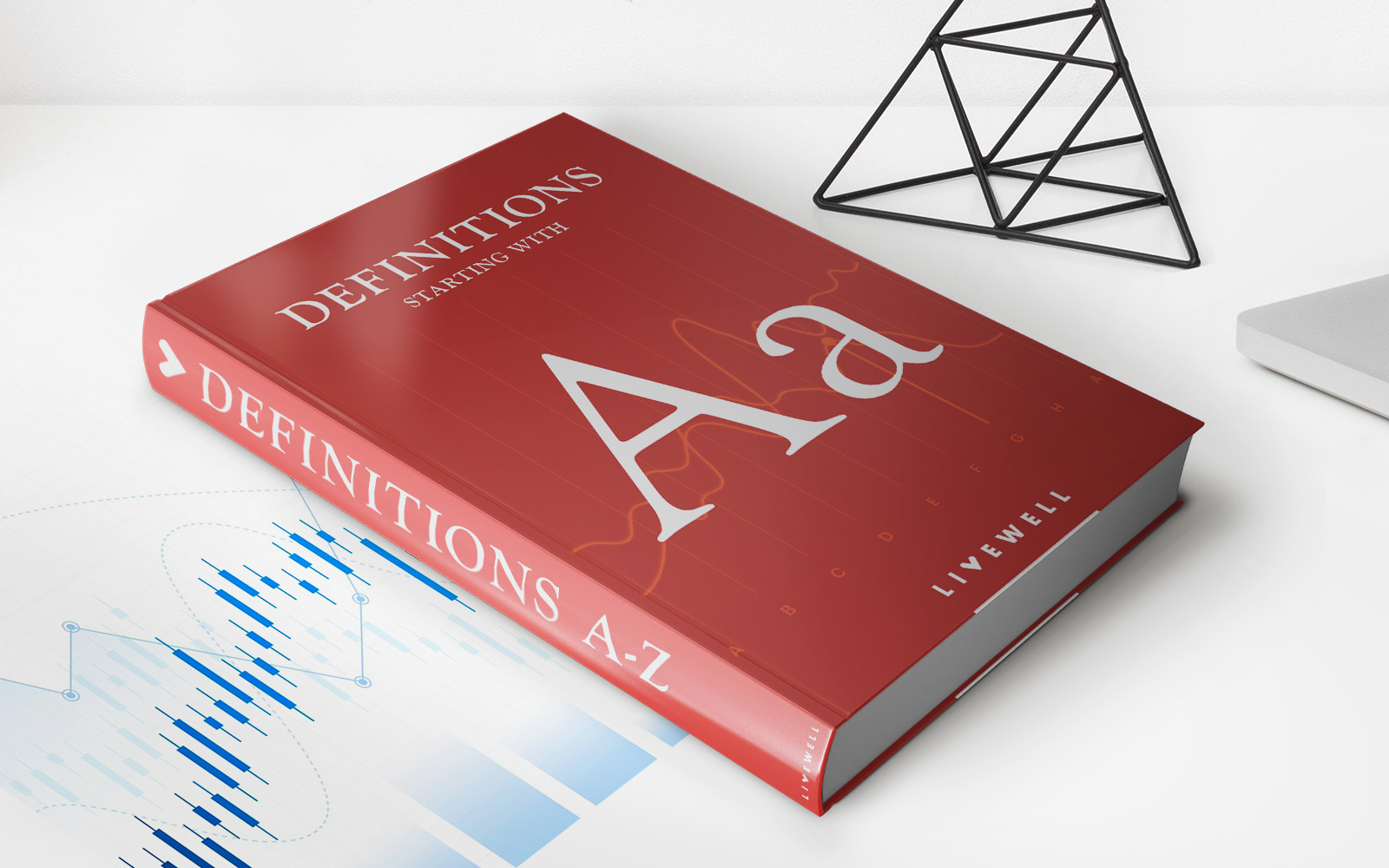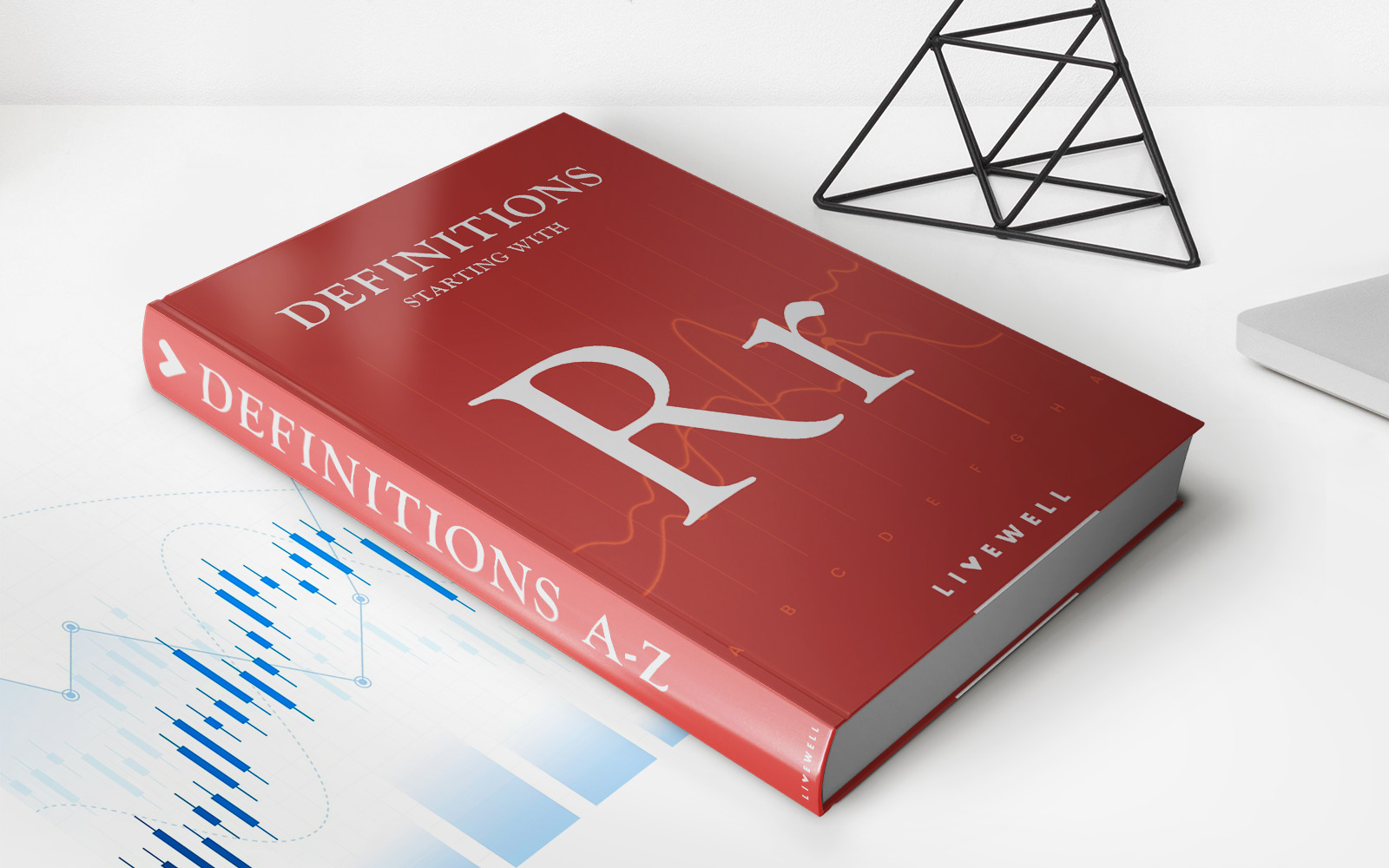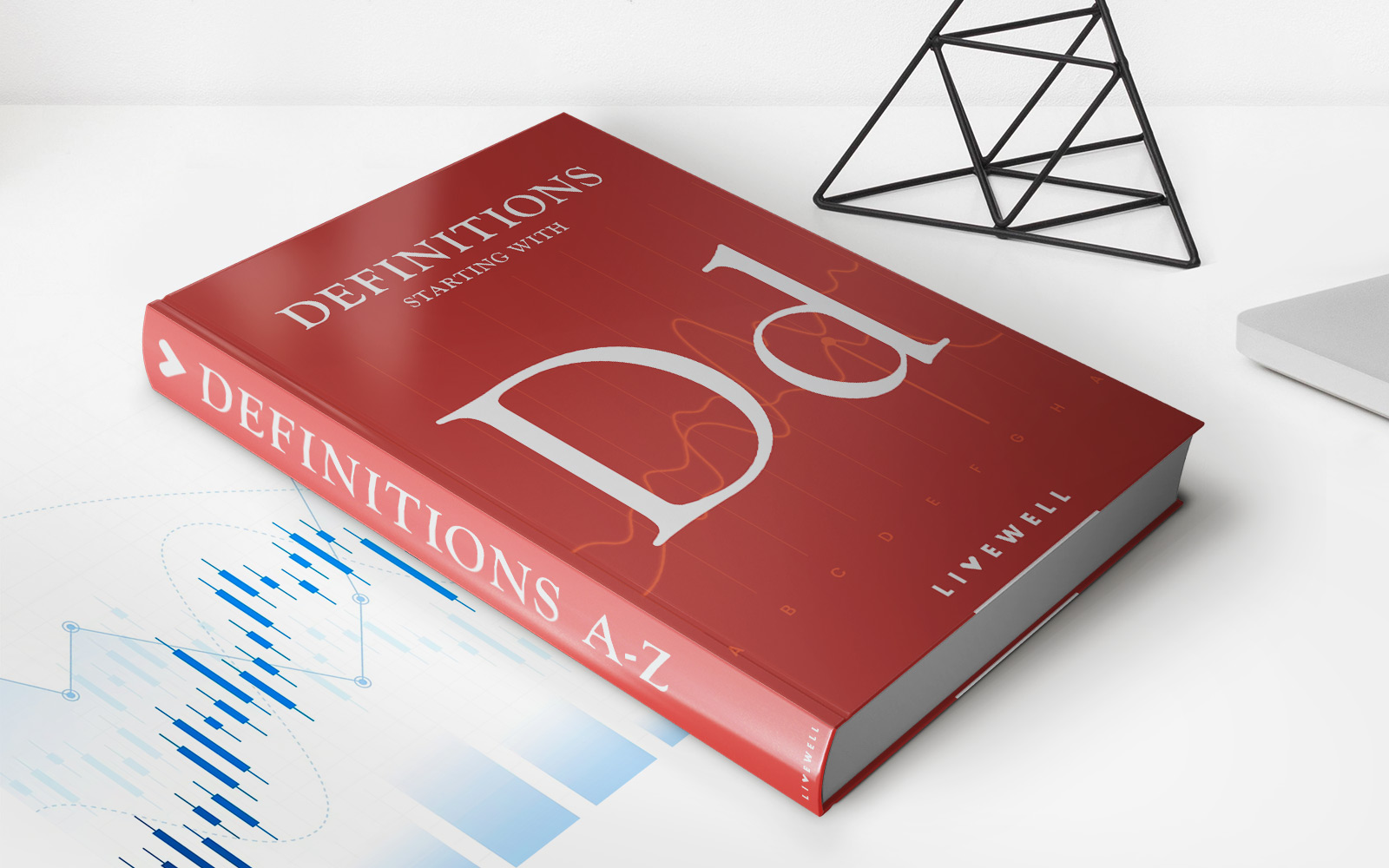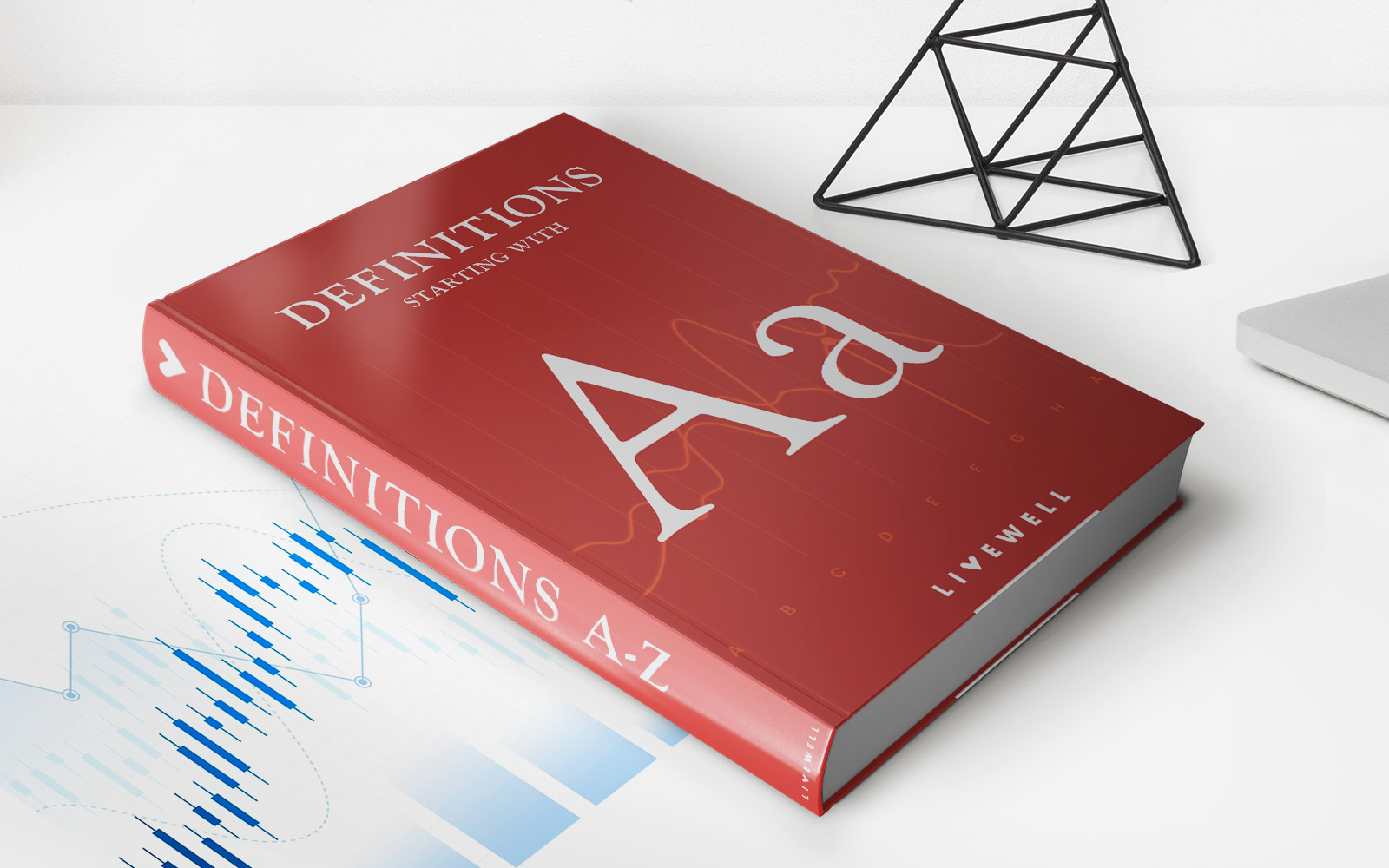Home>Finance>Okun’s Law: Definition, Formula, History, And Limitations
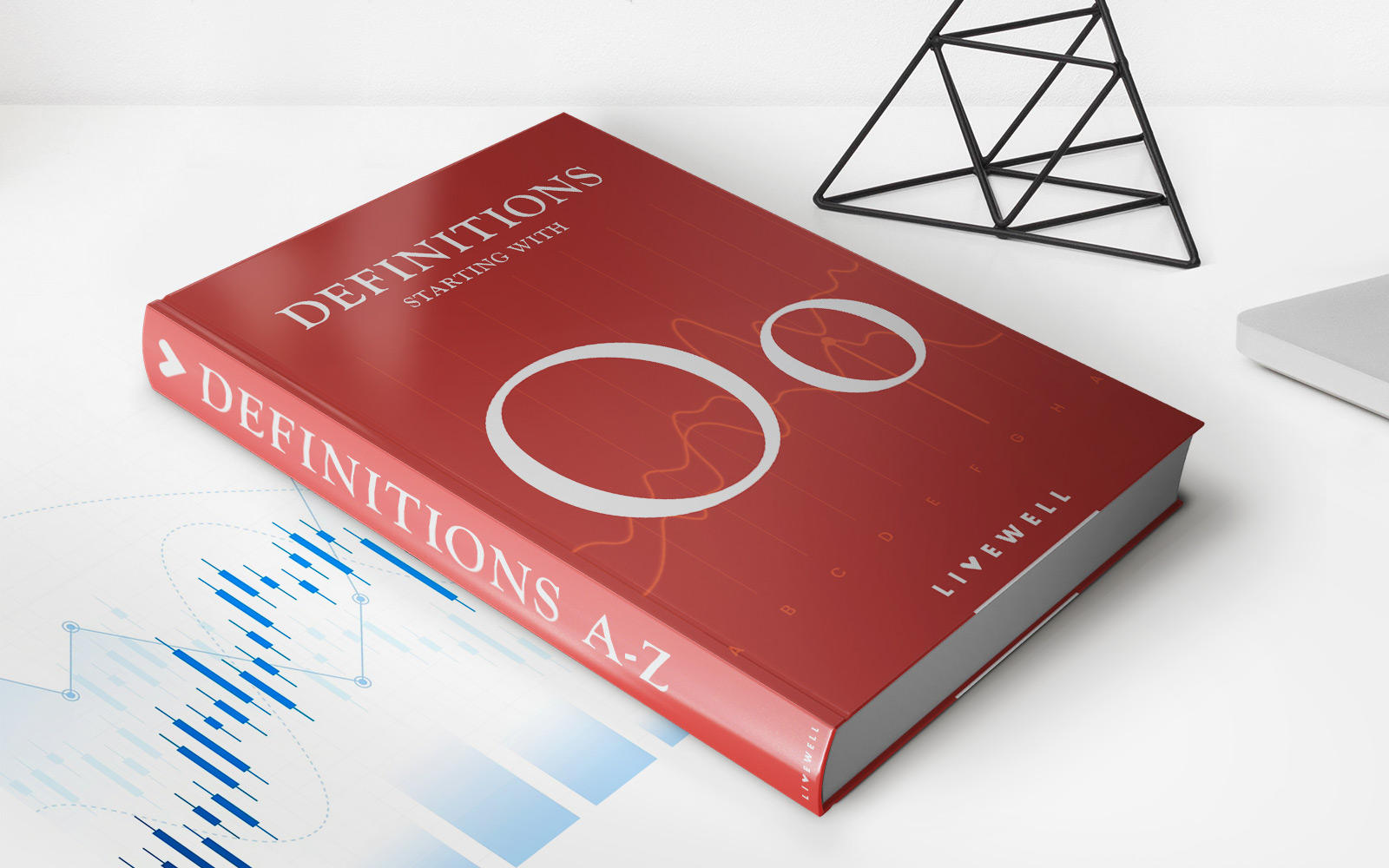

Finance
Okun’s Law: Definition, Formula, History, And Limitations
Published: January 2, 2024
Discover the meaning, calculation, and historical context of Okun's Law, an influential concept in finance. Explore its limitations and implications for economic analysis.
(Many of the links in this article redirect to a specific reviewed product. Your purchase of these products through affiliate links helps to generate commission for LiveWell, at no extra cost. Learn more)

Understanding Okun’s Law and Its Impact on the Economy
Hello fellow finance enthusiasts! Today, we dive into the world of Okun’s Law, an economic principle that helps us understand the relationship between unemployment and economic growth. As a renowned rule, understanding Okun’s Law is crucial for anyone interested in predicting and analyzing the health of an economy. Join us as we explore the definition, formula, history, and limitations of Okun’s Law.
Key Takeaways:
- Okun’s Law explains the inverse relationship between unemployment and economic growth.
- According to the law, for every 1% increase in unemployment, there is an estimated 2% reduction in economic output.
What is Okun’s Law?
Okun’s Law, named after the famous economist Arthur Okun, is an empirical relationship that quantifies the relationship between the percentage change in the unemployment rate and the percentage change in Gross Domestic Product (GDP). This law postulates that as the unemployment rate increases, there will be a corresponding decrease in economic output.
Okun’s Law is based on the observation that when the economy experiences a period of strong growth, the unemployment rate tends to decrease. On the other hand, during recessions or periods of economic downturn, unemployment rates tend to rise. This law serves as a useful tool for policymakers and economists to understand and predict the impact of changes in employment levels on the overall economy.
The Formula Behind Okun’s Law
The formula for Okun’s Law is relatively straightforward:
ΔY = -2(Δu),
Where:
- ΔY represents the percentage change in GDP.
- Δu represents the percentage change in the unemployment rate.
According to the law, for every 1% increase in the unemployment rate (Δu), there is an estimated 2% reduction in economic output (ΔY). However, it is important to note that this relationship is not always precise and may vary depending on various factors and economic conditions.
A Brief History of Okun’s Law
First developed by Arthur Okun in the early 1960s, the law was created to provide a framework for understanding the relationship between cyclical unemployment and GDP growth. Okun observed that during periods of economic prosperity, unemployment rates tend to decrease, while during economic downturns, unemployment rates increase.
Over the years, Okun’s Law has been refined and expanded upon by economists and policymakers to account for various factors that may influence the relationship between employment and economic output. Despite its limitations, Okun’s Law remains a valuable tool for analyzing the health of an economy and making informed policy decisions.
Limitations of Okun’s Law
While Okun’s Law provides valuable insights into the relationship between unemployment and economic growth, it is important to acknowledge its limitations:
- Time Lag: The relationship between unemployment and economic output is not immediate. There is often a time lag between changes in employment and their impact on GDP.
- Structural Changes: Okun’s Law assumes a stable relationship between employment and output, but changes in technology, demographics, and other structural factors can influence the relationship.
- Other Factors: Okun’s Law does not account for factors such as inflation, monetary policy, or fiscal policy that can also influence the relationship between employment and economic output.
In Conclusion
Okun’s Law provides us with valuable insights into the relationship between unemployment and economic growth. Understanding this principle allows us to gauge the health of an economy and predict its trajectory. While Okun’s Law is not without its limitations, it remains a powerful tool for economists and policymakers seeking to make informed decisions and understand the intricacies of an ever-changing world of finance.

